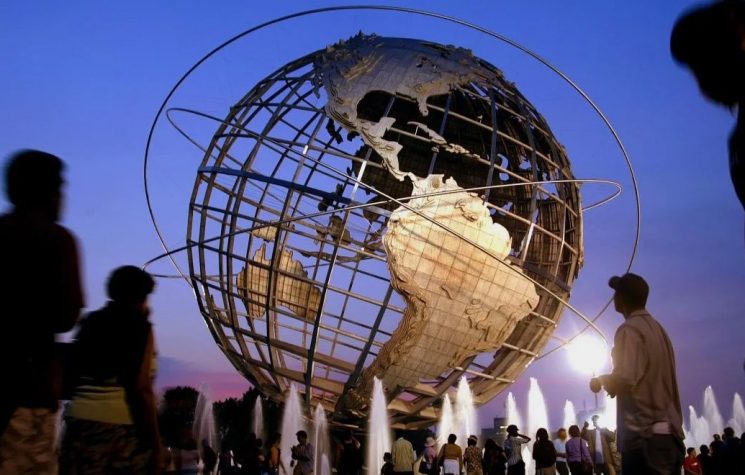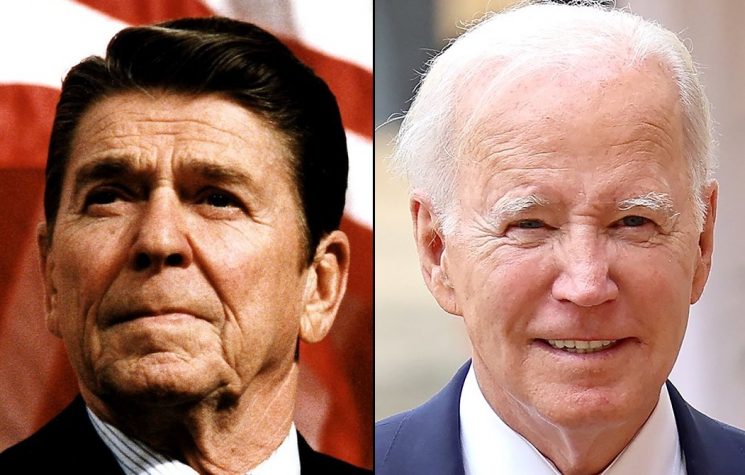The Democrats and the big American bourgeoisie have no one with the same popularity as Donald Trump, Eduardo Vasco writes.
Contact us: info@strategic-culture.su
The first electoral debate demonstrated to millions of American citizens that they are governed by a sponge. Perhaps the anticipation of the debates (in previous elections, the first debate only took place at the end of September) occurred precisely with the aim of testing the acceptance of Joe Biden’s (lack of) cognitive capacity by the general public so that there would be time to replace him by another candidate, if necessary. As in 2020, Biden carried out an internal coup in the Democratic Party, preventing competition and debates so as not to expose his complete incapacity to govern.
But all the voices of the American imperialist big bourgeoisie are now desperately calling for his replacement.
The most influential mouthpiece of the establishment, the New York Times urged in an editorial: “to serve his country, President Biden must leave the race”, praising the “admirable president”, under whose leadership “the nation prospered and begun to address a range of long-term challenges.” Because Biden is running against the devil personified. “Donald Trump has proven himself to be a significant jeopardy to that democracy – an erratic and self-interested figure unworthy of the public trust,” the newspaper opined.
However, the Democrats and the big American bourgeoisie have no one with the same popularity as Donald Trump. Most opinion polls point to the Republican as the favorite and the number of supporters of the ideas and policies he defends has been growing, such as combating immigration, sending weapons to Ukraine and “woke culture”. Research published in early January by the Washington Post and the University of Maryland indicated that 36% of Americans think Biden’s election in 2020 was not legitimate. Trump managed to raise 53 million dollars for his campaign within 24 hours after being convicted in May by the New York court and gained 3 million followers almost immediately after opening a Tik Tok account. It is an even more devastating phenomenon than in 2016.
Knowing, however, that it is not the will of the people, but rather the machinations of powerful interests within the institutions of the State that really decide the next president of the United States, it is necessary to analyze the structures of the American bourgeoisie and its tentacles and measure the strength of its sectors that are currently in clear contradiction. It is the correlation of forces within the US political and economic system that will decide which layer of the dominant classes, the upper or the lower, will have their representative in the White House in 2025.
The states where Republicans traditionally win the majority of votes for the presidency, that is, the “red states”, are Texas, Alabama, Mississippi, Arkansas, Idaho, Utah, Wyoming, Oklahoma, Kentucky and Kansas. At least in the last three elections they gave the majority of votes to the Republican presidential candidate. In all of them, the state Senate and House are dominated by Republicans and only in Kentucky and Kansas are the governors not Republicans, but Democrats. This is the same scenario as states that are not “red” but are under strong Republican control: South Carolina, Missouri, Montana, West Virginia, Tennessee, South Dakota, North Dakota, Nebraska, Louisiana and Indiana. In Alaska, only the Senate currently has a Democratic majority, while all other points are in favor of the Republicans. In New Hampshire, although the majority of voters voted for Democrats in the last three presidential elections, the government, the Senate and the House are dominated by Republicans, which gives them greater control over the state machinery. In Florida, Ohio and Iowa, the government and legislature are Republican and voters have voted overwhelmingly Republican in the last two presidential elections. North Carolina voted for the Republican candidate in the last three presidential elections and both legislative houses are Republican – only the governor is Democrat.
In turn, Democrats have control of the state machinery in all the “blue states”: California, New York, Massachusetts, Illinois, Maryland, Washington, Oregon, Hawaii, Rhode Island and the District of Columbia. Only in Vermont – also a “blue state” – is the government in Republican hands. New Jersey, Connecticut, Delaware, Colorado and New Mexico, although not “blue states”, voted for Democratic candidates in the last three presidential elections and have the government and both legislative houses controlled by Democrats. In Minnesota, Republicans share the Senate with Democrats equally, but every other point made in this article gives Democrats an overwhelming advantage. In Maine, two of the last three elections have elected an equal number of Republican and Democratic delegates to the electoral college, but otherwise the entire advantage belongs to the Democrats. In Virginia, the governor is Republican, but both legislative houses are Democratic, as is the presidential voting record in the last three elections.
Among this year’s swing states, Republicans control the political machine in Georgia (government, legislature and history of two of the last three presidential elections), while Democrats control Nevada (with the exception of the government) and Michigan (where they did not win in only one of the last three presidential elections). The other three “swing states” are where control is much more balanced: Democrats hold the governorship and the House of Pennsylvania and have won two of the last three elections there, but Republicans have won one of the last three elections and control the Senate; Democrats govern Wisconsin and have won there in two of the last three presidential elections, but Republicans control both legislative houses and have won in one of the last three elections; and in Arizona, Democrats won one of three elections and hold the government, but Republicans won the other two elections and dominate the legislature.
All of this means that, taking into account control of the state political machine, Republicans are expected to win in all “red states” and in 17 other states, including the “swing state” of Georgia. They will thus be guaranteed 255 delegates for the electoral college, in addition to the total number of delegates that each of these states are entitled to. Democrats, on the other hand, tend to win in all the “blue states” and in 10 more states, including the “swing states” of Nevada and Michigan and the states of Minnesota and Maine, where, unlike all the others, the party that get the majority of popular votes in the state do not automatically elect all delegates, but have their own rules – our calculation takes into account that Democrats control the political machine in these two states, therefore they are able to manage the results of the elections. The Democrats will thus obtain 243 delegates to the electoral college.
For its candidate to be the winner of the presidential elections, a party must have at least 270 delegates in the electoral college. Hence the essential importance of “swing states” where political control is not defined (Pennsylvania, Wisconsin and Arizona). To be elected, it will be enough for Trump to win in just one of them (Pennsylvania), or, if he loses in Pennsylvania, if he wins in the other two. The Democratic candidate will be forced to win in Pennsylvania and in one of the other two key “swing states”.
Considering, therefore, the control of the political machine in the states, added to the tendency of greater preference among voters in polls of voting intentions, Donald Trump has a greater chance of being elected president than the Democratic candidate.


































































